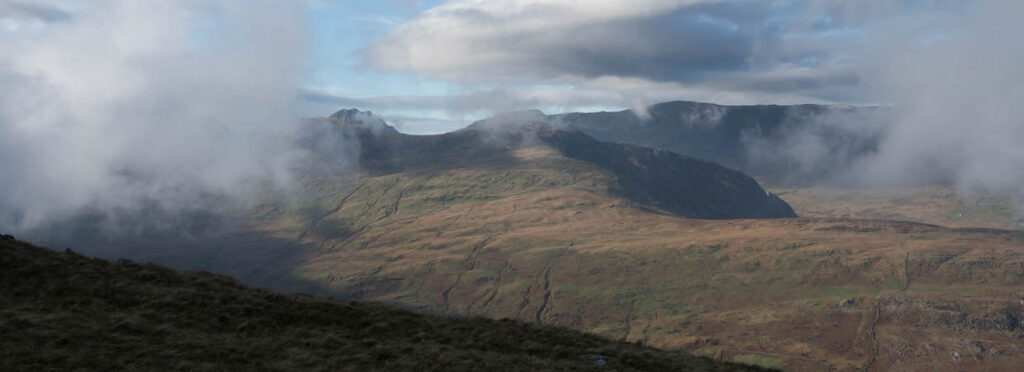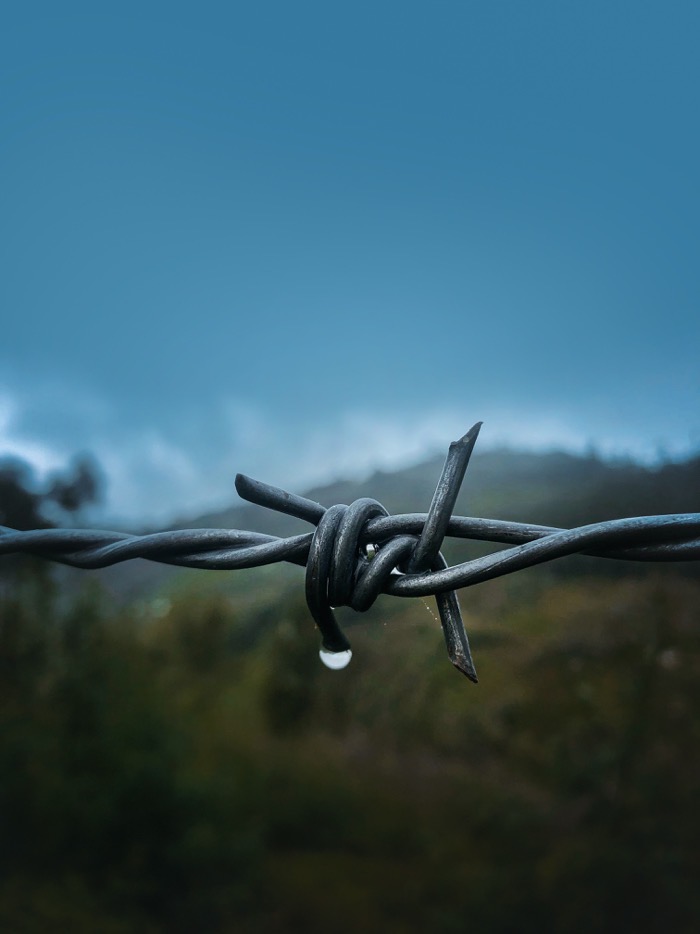Menu

 Yesterday’s post took around 18 hours of elapsed time interspersed by a dashed visit to the shops and two hours of much-needed sleep on the sofa in the Living room after lunch and the odd interaction on LinkedIn with someone who thinks there is nothing in Complex Adaptive Systems theory as everything is encompassed by 1st order Cybernetics. It was a good illustration of the way ideas dominate. One point I made in that exchange is that when I was studying Geology at school back in the early 1970s Continental Drift was still (amazingly) considered controversial. Now the fact that this was plain stupid in the face of evidence which had been around for the best part of a century did not mean that the opposition were bad Geologists or that the bulk of their work had no value. I’ve always found it curious that if you say CAS is not the same thing as Cybernetics and Cynefin demonstrates where that type of approach has utility, it is taken as an attack. The desire for a mono-ontological universal is a form of perversion but it is understandable if you have invested your life in one theoretical framework.
Yesterday’s post took around 18 hours of elapsed time interspersed by a dashed visit to the shops and two hours of much-needed sleep on the sofa in the Living room after lunch and the odd interaction on LinkedIn with someone who thinks there is nothing in Complex Adaptive Systems theory as everything is encompassed by 1st order Cybernetics. It was a good illustration of the way ideas dominate. One point I made in that exchange is that when I was studying Geology at school back in the early 1970s Continental Drift was still (amazingly) considered controversial. Now the fact that this was plain stupid in the face of evidence which had been around for the best part of a century did not mean that the opposition were bad Geologists or that the bulk of their work had no value. I’ve always found it curious that if you say CAS is not the same thing as Cybernetics and Cynefin demonstrates where that type of approach has utility, it is taken as an attack. The desire for a mono-ontological universal is a form of perversion but it is understandable if you have invested your life in one theoretical framework.
Such an intensive period of work means that you inevitably miss some things and I was using the blog, as I often do, to explore ideas that either I or co-authors can pick up and structure. I think the blog post is my natural medium, the right length, and also permits anecdotal material to set the context and also to engage an audience. Also when you get something out there you get questions and comments that allow you to expand your thinking. So today’s post is designed to supplement yesterdays and I am writing it in fits and starts while writing up our knowledge and decision mapping process in parallel: the third pillar of strategy as per my post yesterday. I finished yesterday’s post with Wotan leading the Gods over the Rainbow Bridge to Valhalla and today I started writing to Walküre and will probably post this as Wotan invokes Loge to create a circle of perpetual fire to protect his daughter from all but the bravest of heroes. Before that, we have the reconciliation motif that links Sieglinde’s sacrifice to that of Brünhilde in the final act of Götterdämmerung where it is next used. No apology as I am suffering withdrawal symptoms with both Longborough and Paris Ring Cycles canceled this year, and someone wanted me to record what I am listening to when I write so I may make that a part of the acknowledgments section of the blog going forwards.
As it happens I was reading the December issue of The Great Outdoors this morning, I won’t say where, and had got to an interesting article on backpacking in the Assynt area of Scotland and came across an interesting quote relevant to this subject
Dear Oh Deer
Fencing for deer is a hot topic in the Assynt area at the moment, as there are plans afoot for a 12-mile enclosure to protect pockets of native woodland around Eisg Brachaidh, just south of Inverkeraig. Much of Assynt sits in a National Scenic Area and the new fencing will have a visual impact from the mountain tops. Paddlers and anglers also have concerns regarding access to the lochs.
On the other side of the (ahem) fence, its worth noting that the deer population of Scotland is said to exceed the carrying capacity of the land by a minimum of 10-12 times (60,000 is reckoned by some to be the upland’s limit without overgrazing 0 the country has in the region of 750,000-1 million). Meanwhile, Scotland has only 4-6% of its native woodland cover left. Large estates and valued by the number of deer they hold, and there is no statutory control over numbers – only voluntary ’agreements’. This has led to the complex and political situation we have now, and as such, you can expect to hear strong opinions voiced oral sides.
I have quoted this in full as there are a series of valuable lessons we can draw from this which further illustrate the value of the ystwyth-curves as a sense-making device. Remember I define sense-making as How do we make sense of the world so that we can act in it. In order to do that in a complex world we need to create ways to frame the problem that reduces error and enables action. So lets spin some of these out:
One point raised on yesterday’s post is that if the vertical dimension is market awareness or size then Green ➊ should be under the Redline. Now that is true but not the intent (and it would look ugly anyway! The point is that green is now aware of red and vice versa until they intersect for the first time, and when the intersection is past it is all over. I’m not sure how to represent that and keep to the back of the napkin test but it may well be that a three-D or similar simulation is the way forward. Sue who did such a great job on the Cynefin Book may have some ideas here.
But if you want an interesting and troubling image, think of multiple patterns of red, green, and many other colours, at various levels of granularity in a fluid space in which interaction creates temporary stabilities. That I really want to visualise and it links to what I intend to say about attractor basins and perception tomorrow.
This has long been a theme of my understanding of how we manege in a complex space or spaces. Human beings are actually quite good at seeing unusual patterns but only if they are first triggered. Think of the children’s puzzle book where you are shown a line drawing of a public park and told that hidden in the drawing are twelve kitchen utensils. Because you know there are anomalies you pay attention and find them. Boundary crossing works the same way, the rituals sitting on the boot of the car getting togged up for walking in winter conditions and the various physical checkpoints are a form of cognitive activation which means I perceive the world differently. A lot of our DARPA work was creating training datasets using SenseMaker® that would trigger alerts when a phase shift was likely and that remains a feature of SenseMaker® use in decision support. I’m starting to think of seeking investment to build libraries of these things so if anyone is interesting get in touch, it is time to shift that material along the curve a bit (I do eat my own dog food).
There is a lot more to come here and there will be other posts but Wotan has moved from punishment to protection and tears are starting to form in my eyes and my heart is in my throat, so I need to complete and post this. One final point, Vlad Stefan Lichtenthal commented on yesterday’s post saying “The “ystwyth-curve”, part of the reason why “History never repeats itself but it rhymes,” (Mark Twain)”. I love that and it inspired me to use the welsh name for today’s post.
Opening picture, a shallow focus take on barbed wire by Linz Franciz from Pexels
The banner picture shows Tryfan and the Carneddau emerging from the cloud on the descent from Moel Siabod from one of my “three doctors’ walks back in October 2018. The day started well with clear skies and even encouraged Dai Lazarus (yes that is his name and yes he is a Doctor) to wild swimming while the rest of us were huddled in full winter’s gear. Cloud set in as we started the scramble up Daear Ddu and we could see more than a few feet in front until the moment I took this picture. On another day, with Chris returning from a session in Bangor, we had some of the most spectacular views I have ever seen from that well-situated summit.
Cognitive Edge Ltd. & Cognitive Edge Pte. trading as The Cynefin Company and The Cynefin Centre.
© COPYRIGHT 2024

I’ve always been fond of wolves, something that is probably due to a childhood spent ...
This is the third, and final for the moment, post looking at the Apex/Flexuous/Ystwyth curve(s) ...